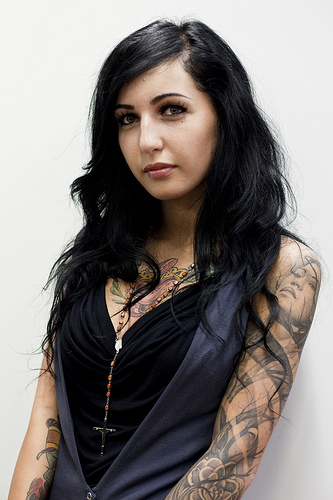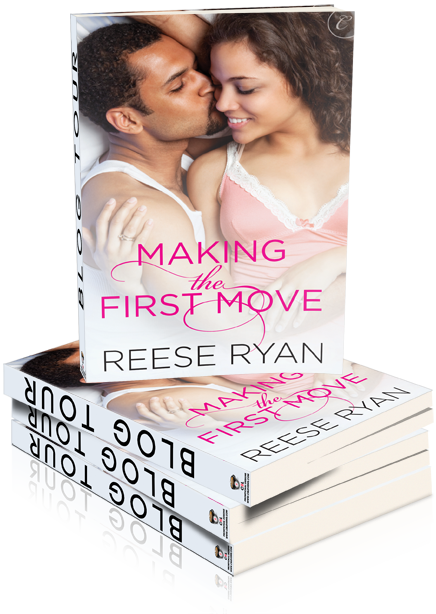This morning I’m over at the Café discussing a topic that has long bothered me. Sexism in romance.
 We normally accuse men of being sexist. Of wielding double standards. Yet in literature–and romance in particular–we are the ones who condemn brash, strong heroines and saddle them with uncomplimentary designations. I’ll admit that I’ve determined a heroine unlikeable and closed the book on her whereas I’ve pushed through to the end of a book even though the hero made me want to strangle him…from the very first chapter.
We normally accuse men of being sexist. Of wielding double standards. Yet in literature–and romance in particular–we are the ones who condemn brash, strong heroines and saddle them with uncomplimentary designations. I’ll admit that I’ve determined a heroine unlikeable and closed the book on her whereas I’ve pushed through to the end of a book even though the hero made me want to strangle him…from the very first chapter.
Why the double standard?
If a character needs to be likeable for me to read the book, shouldn’t that apply to both the hero and the heroine? It’s a question I asked myself while reading Janet Fitch’s literary fiction title, Paint It Black several years ago. To say her main character Josie Tyrell is deeply-flawed is like saying that deep-fried Twinkies aren’t an optimal dining selection. The truth is she’s horrid. Irresponsible. Self-absorbed. Yet the story is quite compelling.
So I ignored everything in me that screamed for me to shut the pages on Ms. Josie Tyrell and move on to a nice, sympathetic heroine. Or a least a flawed, but funny one like Heather Wells from Meg Cabot’s Size 12 is Not Fat. But the story pulled me forward. So I kept reading and was introduced to a woman who was perhaps even more unlikeable…Meredith–the mother of Josie’s dead boyfriend.
 I finished the book. And I’m glad that I did. It opened my eyes to the beauty that can be found in tales of broken, seemingly unredeemable female characters. I was drawn to more stories and characters like this–even in romance where we are assured a happy-ending–if only for now. This type of character also made her way into my own writing. At first she was always a secondary character–maybe even the best friend. But Jamie Charles–the best friend character in my upcoming debut novel, Making the First Move, had a lasting impact on me. I wasn’t satisfied to just know that she was a better person now. I wanted to go back and delve into the dirt to find out why she’d changed and witness the process. Jamie gets her own story later this year.
I finished the book. And I’m glad that I did. It opened my eyes to the beauty that can be found in tales of broken, seemingly unredeemable female characters. I was drawn to more stories and characters like this–even in romance where we are assured a happy-ending–if only for now. This type of character also made her way into my own writing. At first she was always a secondary character–maybe even the best friend. But Jamie Charles–the best friend character in my upcoming debut novel, Making the First Move, had a lasting impact on me. I wasn’t satisfied to just know that she was a better person now. I wanted to go back and delve into the dirt to find out why she’d changed and witness the process. Jamie gets her own story later this year.
Grab a cup of coffee and join me over at the Contemporary Romance Café to discuss why we hold heroines to a much higher standard than romance heroes and if that trend is changing. Plus meet Jamie in an excerpt of Making the First Move.
See you there!
Photo courtesy of Philippe Leroyer. Some rights reserved.
